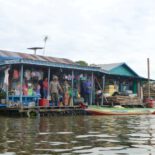
TakePart · Energy Environmental Justice Food Policy Water
A Giant Lake that Sustains Millions of People Is in Danger
Dams, overfishing, and pollution threaten Cambodia’s Tonle Sap, the largest lake in Southeast Asia and one of the world’s most productive fisheries.

TakePart · Biodiversity Conservation Environmental Justice Policy
Laos’ Elephants Take to the Road to Save Their Forest Home
An elephant caravan draws attention to the illegal logging that threatens the country’s 900 remaining pachyderms.
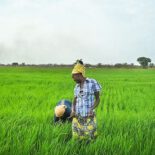
TakePart · Biodiversity Environmental Justice Food Policy Water
Investors Are Grabbing a Japan-Size Chunk of the Developing World for Food and Water
Activists tracking these deals say rich countries are buying up land—93 million acres—and displacing local people and wildlife.

TakePart · Biodiversity Conservation Policy
‘Killing Contests’ Target Pregnant Cownose Rays
Scientists fear the hunts will decimate the cownose ray before they can learn of its role in the marine ecosystem.

Hakai magazine · Environmental Justice Food Indigenous Oceans Policy
First Nations Test the Political Water with Fish Farm Protests
First Nations’ occupations of fish farms are rooted in a deeper conversation about Indigenous land rights.

TakePart · Biodiversity Conservation Environmental Justice Policy
Cambodian Activist Wins Goldman Prize for Exposing Illegal Logging
Leng Ouch has risked his life to go undercover and gather evidence of collusion between timber companies and government officials.

Hakai magazine · Biodiversity Climate Change Oceans Policy
Designing Marine Protected Areas in a Changing Climate
How can vulnerable marine species be protected when climate change is a reality?
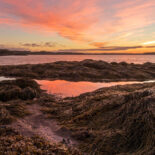
Hakai magazine · Biodiversity Oceans Policy
Canada Has New Rules Governing Its Marine Protected Areas. Do They Go Far Enough?
Fisheries and Oceans Canada cites public backlash as one of the motivating factors for changing the rules governing marine protected areas.
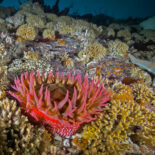
Hakai magazine · Biodiversity Oceans Policy
Is Canada Taking Shortcuts to Hit Its Marine Protection Targets?
The government is counting fisheries closures as protected spaces in order to hit a 2020 target. Many scientists argue this is not meaningful conservation.
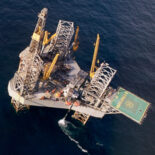
Hakai magazine · Biodiversity Oceans Policy
Proposed Amendment Could Actually Protect Marine Protected Areas
New legislation would give planned MPAs interim protection during the years-long approval process.
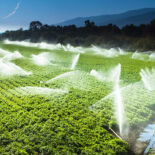
Who Owns Groundwater?
California drought underscores the need to improve how the state – and the rest of us – divvy up a resource in demand.
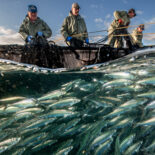
Hakai magazine · Biodiversity Oceans Policy
Canada’s New Marine (Less) Protected (Than It Could Have Been) Areas
A string of concessions to the oil and gas and fishing industries has severely weakened the protective value of Canada’s largest planned marine protected area.

Are Massive Projects Really the Right Answer to Our Water Supply Woes?
Conservation and recycling can reduce the need for massive municipal water infrastructure.

Ensia · Environmental Justice Policy Pollution Water
Nitrates on Tap
As contamination worsens, an oft-ignored groundwater pollutant is drawing new attention – and solutions.
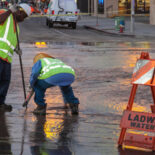
Ensia · Environmental Justice Policy Pollution Water
Our Drinking Water Systems Are a Disaster. What Can We Do?
In the wake of the Flint crisis, communities turn to innovative technology and financing to prevent the next crisis.
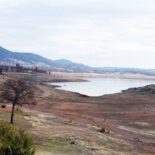
California’s Underground Water War
California has been the only western state without groundwater regulation – but now that looks set to change.
















